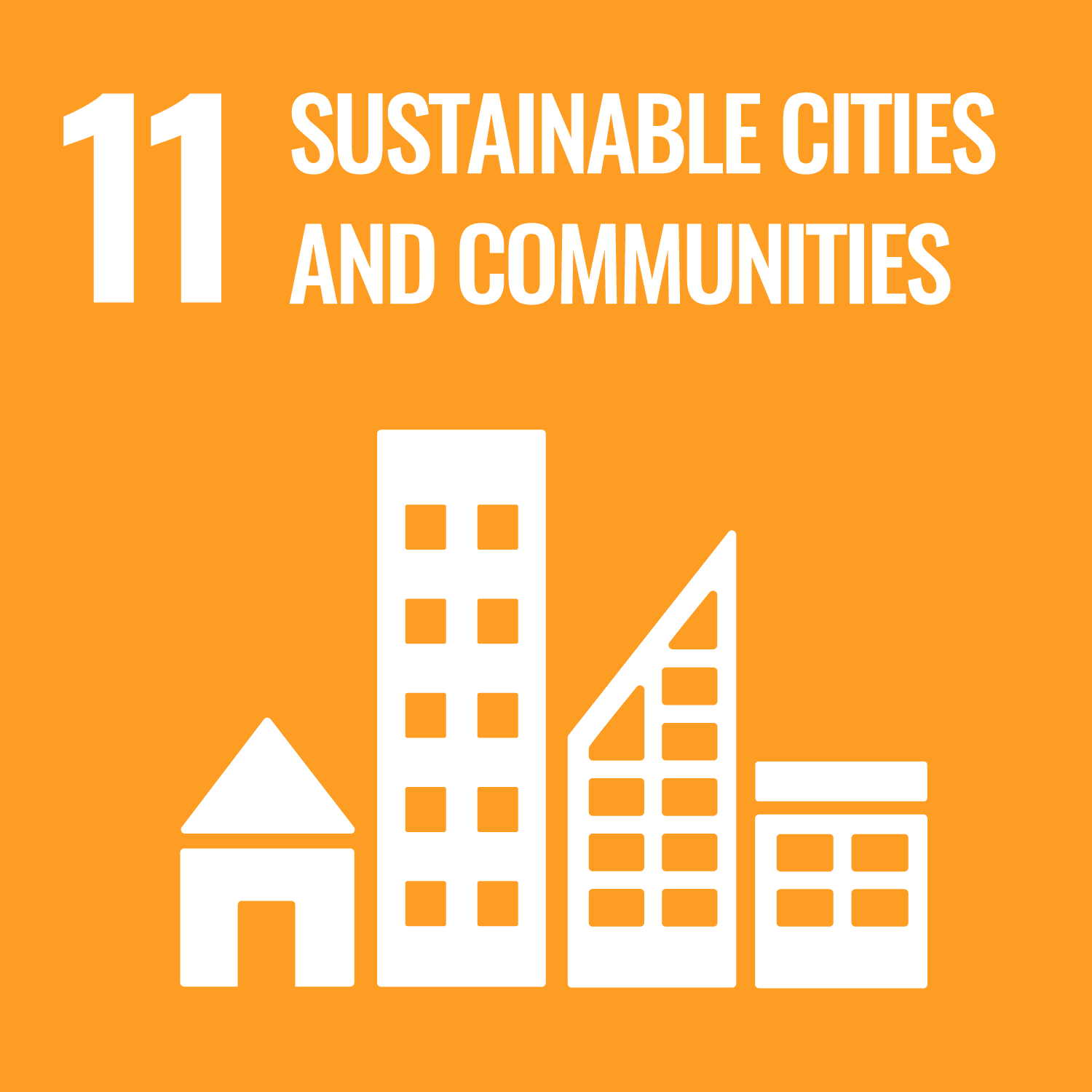ORCID
- Iain Stewart: 0000-0002-9746-8667
Abstract
The Shetland Isles represent an ideal field laboratory for tsunami geoscience research. This is due to the widespread preservation of Holocene tsunami sediments in coastal peat deposits. This study uses published accounts of the Holocene Storegga Slide tsunami to illustrate how two different approaches – mapping of tsunami sediments and numerical modelling – produce radically different run-up heights. The Storegga Slide is one of the world largest submarine slides and took place ca 8150 cal yr bp on the continental slope west of Norway. The tsunami generated by the landslide deposited locally extensive sheets of marine sand and gravel, as well as redeposited clasts of peat across the contemporary land surface. These sediment accumulations have subsequently been buried by peat growth during the Holocene while exposures of the deposits are locally visible in coastal cliff sections. In several areas, the tsunami sediments can be traced upslope and inland within the peat as tapering sediment wedges up to maximum altitudes of between ca 8·1 m and 11·8 m above present sea level. Since reconstructions of palaeo-sea level for Shetland for ca 8150 cal yr bp suggest an altitude of 20 m below high tide on the day that the tsunami struck, it has been inferred that the minimum tsunami run-up was locally between 28·1 m (8·1 + 20 m) and 31·8 m (11·8 + 20 m). However, numerical models of the tsunami for Shetland suggest that the wave height may only have reached a highest altitude in the order of +13 m above sea level on the day the tsunami took place. In this paper a description is given of the sedimentary evidence for tsunami run-up in the Shetland Isles. This is followed by an evaluation of where the palaeo-sea level was located when the tsunami occurred. Significant differences are highlighted in tsunami inundation estimates between those based on the observed (geological) data and the theoretically-modelled calculations. This example from the Shetland Isles may have global significance since it exemplifies how two different approaches to the reconstruction of tsunami inundation at the coast can produce radically different results with modelled wave height at the coast being considerably less than the geological estimates of tsunami run-up.
DOI Link
Publication Date
2019-06-24
Publication Title
Sedimentology
ISSN
0037-0746
Acceptance Date
2019-06-21
Embargo Period
2019-11-27
Creative Commons License

This work is licensed under a Creative Commons Attribution-NonCommercial-No Derivative Works 4.0 International License.
Recommended Citation
Dawson, A., Dawson, S., Bondevik, S., Costa, P., Hill, J., & Stewart, I. (2019) 'Reconciling Storegga tsunami sedimentation patterns with modelled wave heights: A discussion from the Shetland Isles field laboratory', Sedimentology, . Available at: 10.1111/sed.12643


